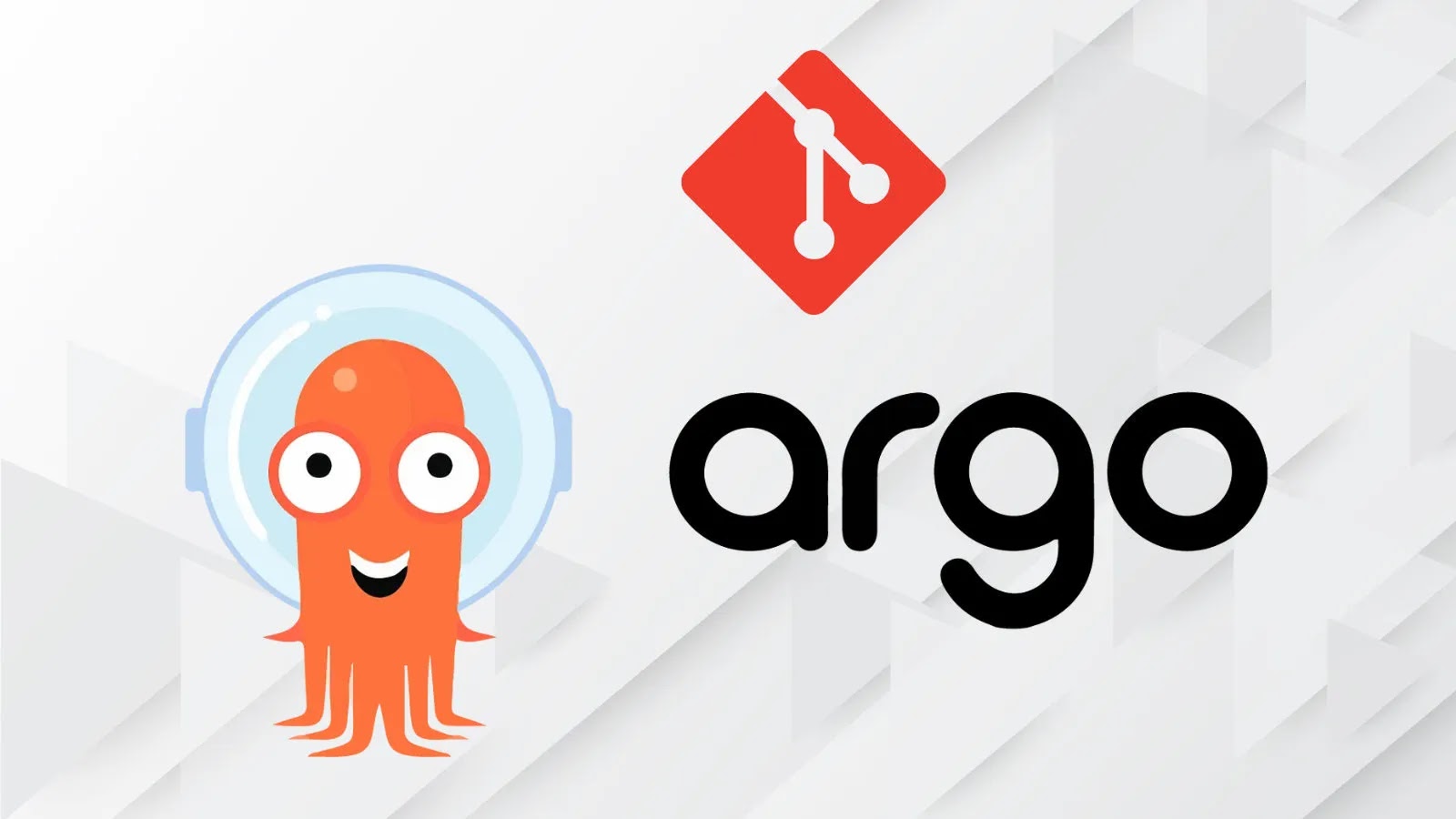
New Attack Technique That Enables Attackers To Exfiltrate Git Credentials In Argocd
Unmasking the Threat: Git Credential Exfiltration in ArgoCD
In the evolving landscape of DevOps and continuous delivery, tools like ArgoCD have become indispensable for streamlining application deployments. However, the very power and connectivity that make these tools so effective also present attractive targets for attackers. A critical new attack technique has been unveiled, demonstrating how authenticated users within ArgoCD can exfiltrate powerful Git credentials, posing a significant risk to an organization’s source code and infrastructure.
This method, discovered by the cybersecurity research group Future Sight, specifically exploits Kubernetes’ internal DNS resolution to intercept sensitive credentials in transit. For organizations heavily reliant on ArgoCD for their GitOps workflows, understanding and mitigating this vulnerability is paramount.
The ArgoCD Credential Exfiltration Technique Explained
The core of this attack lies in an ingenious exploitation of Kubernetes’ internal DNS. When ArgoCD interacts with Git repositories, it often resolves hostnames internally. Future Sight’s research revealed that an authenticated attacker with standard user permissions within ArgoCD can manipulate this DNS resolution process.
By creating specific Kubernetes resources, an attacker can effectively poison the internal DNS cache or redirect DNS queries for Git hosts to an attacker-controlled endpoint. When ArgoCD attempts to communicate with a Git repository – for example, to clone a project or fetch updates – its request, including critical Git credentials, can be rerouted to the malicious server. This interception allows the attacker to capture authentication tokens, SSH keys, or username/password combinations that ArgoCD uses to access Git repositories.
The severity of this attack is amplified by the fact that it leverages an existing, authenticated, albeit standard, user context within ArgoCD. This means an attacker doesn’t necessarily need to breach the entire Kubernetes cluster; compromising an ArgoCD user account (e.g., through phishing or weak credential usage) could be sufficient for exfiltration.
Impact and Risks for Organizations
The ramifications of successful Git credential exfiltration are severe and multifaceted:
- Source Code Compromise: Git credentials provide direct access to an organization’s most valuable intellectual property – its source code. Attackers can steal proprietary algorithms, application logic, and sensitive configuration files.
- Supply Chain Attacks: With write access to repositories, attackers could inject malicious code, backdoor legitimate applications, or tamper with CI/CD pipelines, leading to widespread supply chain compromises.
- Infrastructure Access: Many Git repositories contain infrastructure-as-code (IaC) configurations, deployment scripts, and secrets. Exfiltrated credentials could grant attackers direct control over cloud infrastructure, Kubernetes clusters, and other critical systems.
- Reputational Damage and Regulatory Fines: Data breaches stemming from compromised source code or infrastructure can lead to significant reputational harm, loss of customer trust, and hefty regulatory fines, particularly if sensitive data is exposed.
- Lateral Movement: Stolen Git credentials can serve as a pivot point for attackers to move laterally within an organization’s network, gaining access to other systems and services.
Remediation Actions and Best Practices
Mitigating this specific threat, and bolstering ArgoCD security in general, requires a multi-pronged approach:
- Upgrade ArgoCD: Ensure your ArgoCD instances are running the latest stable versions. While the source details for this specific vulnerability are new, ongoing updates frequently address underlying security issues. Check the official ArgoCD releases for any patches related to DNS resolution or credential handling vulnerabilities.
- Implement Least Privilege: Review and enforce the principle of least privilege for all ArgoCD users and service accounts. Grant only the necessary permissions required for their specific tasks. Limit access to sensitive configurations and Git repositories.
- Strong Authentication for Git Repositories: Wherever possible, use SSH keys with passphrases or token-based authentication (e.g., GitHub Personal Access Tokens with fine-grained permissions) instead of username/password. Regularly rotate these credentials.
- Network Segmentation: Implement strong network segmentation for your Kubernetes cluster and ArgoCD instances. Restrict egress traffic from ArgoCD pods to only necessary Git repository endpoints. Utilize network policies to prevent unauthorized internal or external communication.
- DNS Security: Secure your Kubernetes internal DNS resolution. Monitor DNS queries for anomalies. Consider using a robust DNS security solution that can detect and prevent DNS manipulation within your cluster.
- Regular Security Audits: Conduct regular security audits of your ArgoCD configurations, Kubernetes cluster, and Git repository access controls. Look for misconfigurations, outdated credentials, and excessive permissions.
- Monitor Logs and Alerts: Implement comprehensive logging and monitoring for ArgoCD activities, Kubernetes API server calls, and network traffic. Set up alerts for suspicious activities, such as unusual Git clone requests, unexpected DNS queries, or successful authentication attempts from unfamiliar IPs.
Detection and Mitigation Tools
Leveraging the right tools can significantly enhance your ability to detect and mitigate such threats:
| Tool Name | Purpose | Link |
|---|---|---|
| Kubernetes Network Policies | Enforcing network segmentation and restricting egress traffic within the cluster. | https://kubernetes.io/docs/concepts/services-networking/network-policies/ |
| ArgoCD Audit Logs | Monitoring user activities, application changes, and sync operations for suspicious behavior. | https://argo-cd.readthedocs.io/en/stable/operator-manual/logging/ |
| Falco | Runtime security monitoring for Kubernetes, detecting anomalous behavior like unusual process execution or file access. | https://falco.org/ |
| Kube-bench | Assessing Kubernetes cluster adherence to security best practices (CIS Kubernetes Benchmark). | https://github.com/aquasecurity/kube-bench |
| GitLeaks / TruffleHog | Scanning Git repositories and codebases for hardcoded credentials and secrets. | https://github.com/zricethezav/gitleaks https://github.com/trufflesecurity/trufflehog |
Staying Ahead of GitOps Threats
The discovery of this ArgoCD Git credential exfiltration technique underscores the critical need for continuous vigilance in securing GitOps environments. As organizations increasingly rely on automated deployments and infrastructure-as-code, the attack surface expands. Proactive security measures, thorough understanding of underlying mechanisms like Kubernetes DNS, and a commitment to least privilege and robust monitoring are essential to protect your most valuable assets – your code and your infrastructure.
Regularly reviewing security advisories, participating in security communities, and fostering a culture of security awareness among your DevOps and security teams will be key to staying resilient against emerging threats.





